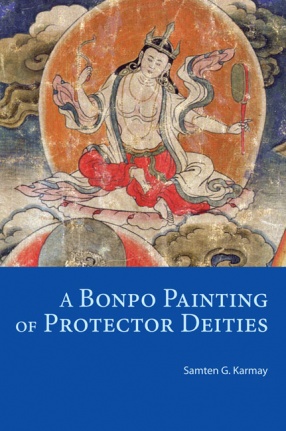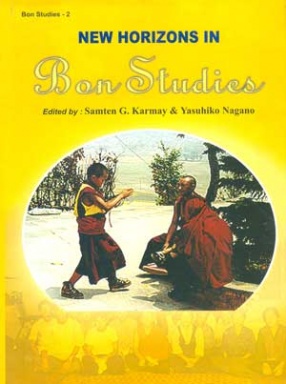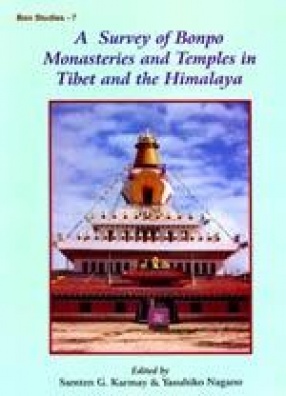
Showing all 5 books




The book is an iconographic study of an unusual Tibetan Painting. As a work of art its quality is remarkable, and it is probably the only one of its kind in its frame and subject matter. The existence of other paintings that depict the same deities has not so far been attested. The painting belongs to the Bon religious tradition and is currently preserved in the Rubin Museum of Art (RMA) in New York, where it featured in an exhibition of Bon art that took place ...

The Legs-bshad rin-po-che'i mdzod dpyod-Idan dga'-ba'i-char (the Precious Treasury of Good sayings, pleasant rain for the wise) presents what is known among Bon-po histories as baTan-'byung, a class of works which in their most comprehensive forms cover the history of all Tibetan religion. This book deals with different states in the development of the Bon-po religion. it gives an account of how the universe and living beings came into existence. ...

The book opens with some studies of previously unknown royal edicts that shed light on early Buddhist practices testifying to the expansion of the Tibetan Empire (Part I).The author then reflects upon the origin of Dzogchen Philosophy (Part II) and examines the Bon religion considered as the source of Dzogchen Philosophy (Part III).A previously untouched subject in Tibetan studies is the relation between the origin of myths and popular rituals that convey the ...

Bon is one of the pre-Buddhist religions of Tibet. It has been defined in a variety of ways, but regardless of how we define it, we can properly say that its culture has penetrated Tibetan culture from ancient times to the present day. For our deeper understanding of Tibetan culture, Bon is thus indispensable. This volume is a part of the results of the International Symposium entitled New Horizons Museum of Ethnology, Osaka, Japan. The purpose of this symposium ...

This book is an outcome of general Survey of Monasteries, Temples and Hermitages of the Bon religion, known as Yung drug Bon. It contains the result of the field work done by the team of scholars of National Museum of Ethnology, Osaka Japan headed by Dr. Yasuhiko Nagano & Dr. Samten G. Karmay. Such concrete & detailed description of the Bonpo Monasteries & people, based on extensive field work, has never before appeared since the beginning of ...
